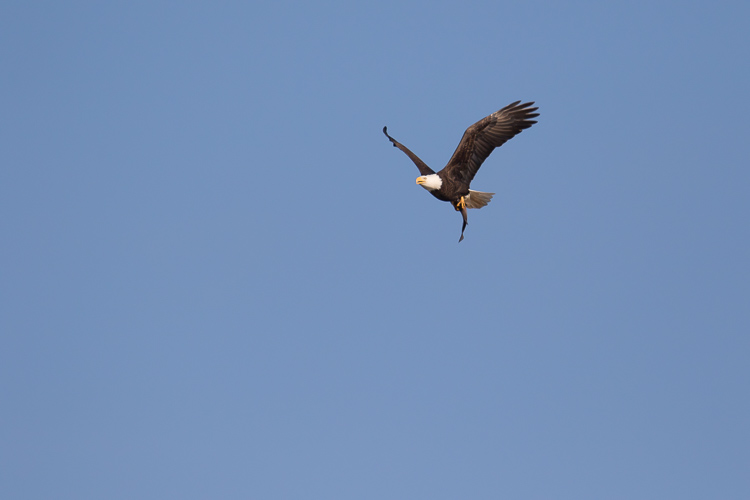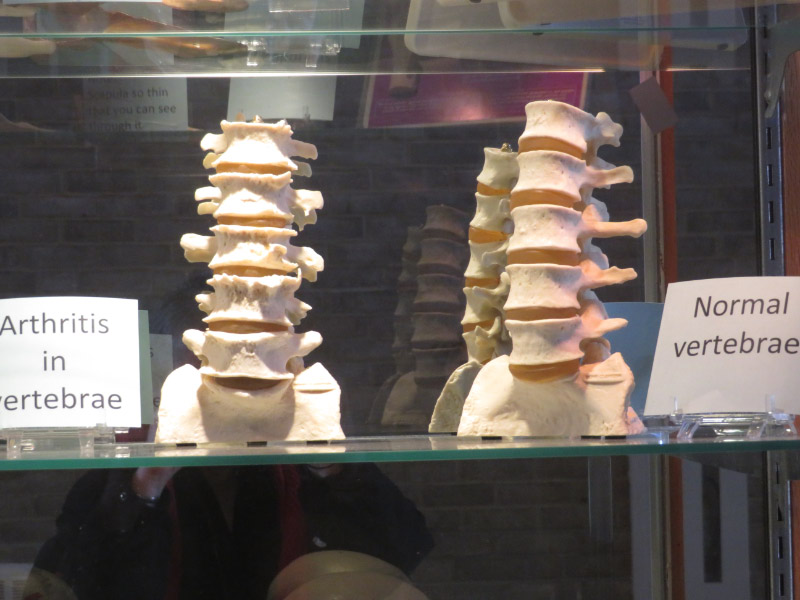Ten Days of Little Celebrations – December 2016
/I decided to choose the little celebrations I looked in December that were non-traditional. There were four groupings:
Classes
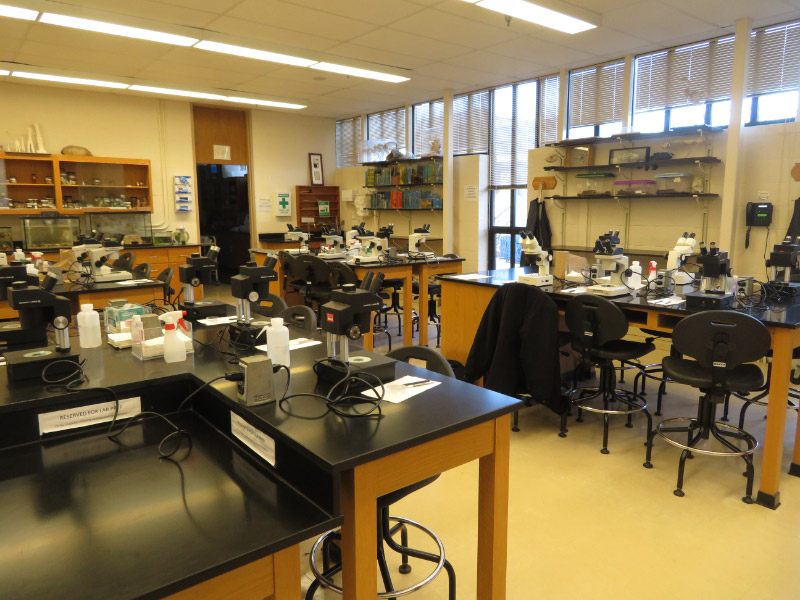 I thoroughly enjoyed a 2-day class on aquatic macroinvertebrates last week. It’s been almost two years since I too anything that was more than a few hours in duration….and a long time since I had been in a lab. I celebrated the subject matter and the experience that reminded me a lot of my undergraduate days.
I thoroughly enjoyed a 2-day class on aquatic macroinvertebrates last week. It’s been almost two years since I too anything that was more than a few hours in duration….and a long time since I had been in a lab. I celebrated the subject matter and the experience that reminded me a lot of my undergraduate days.
There are two Coursera courses that I celebrated – linearly since I was not taking them concurrently: Osteoarcheology and Anatomy of the Abdomen and Pelvis. They are probably among the most challenging Coursera courses I’ve taken…but I’m so interested in the topics that I’m celebrating their availability and that I have the time to dedicate to them.
Food
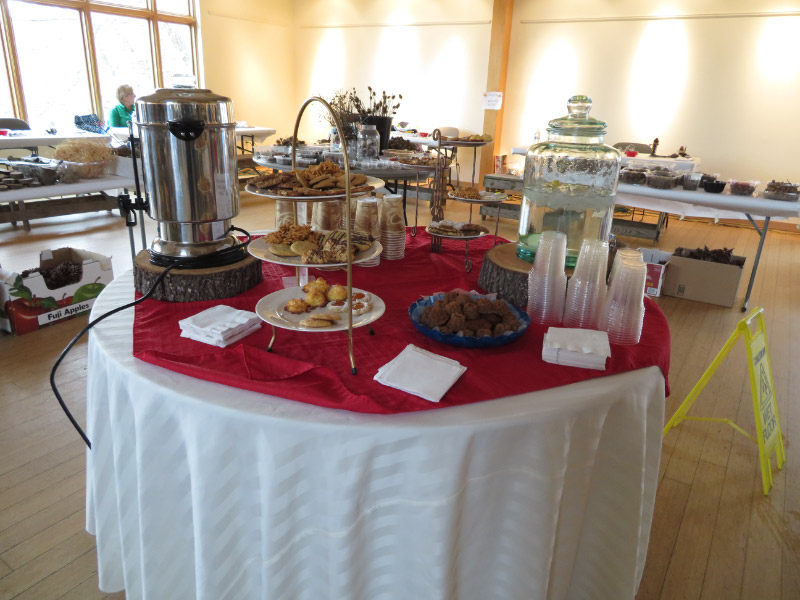 I volunteered at the Howard County Conservancy’s Natural Holiday Sale and celebrated the huge variety of cookies to choose from. I like trying different kinds of cookies – never having enough time to try all the cookie recipes that ‘look good.’
I volunteered at the Howard County Conservancy’s Natural Holiday Sale and celebrated the huge variety of cookies to choose from. I like trying different kinds of cookies – never having enough time to try all the cookie recipes that ‘look good.’
I made the Paleo Chocolate Pudding (made with avocado!) and wow! I’ll make it again as part of our celebration at the beginning of 2017.
Backyard Birds
I heard an owl in the forest behind out house just before it was light enough to see it…and celebrated knowing it was there.
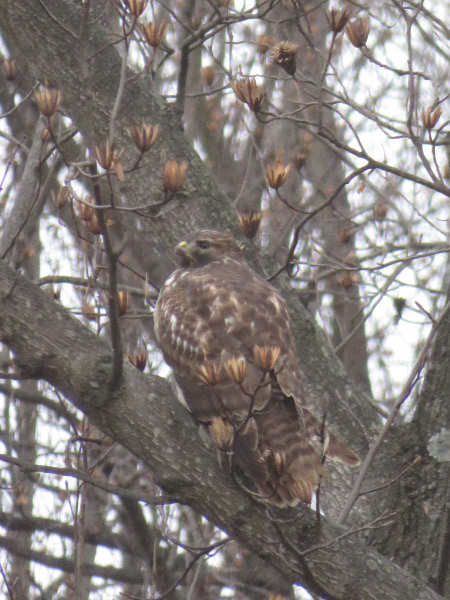 A red-tailed hawk visited our backyard again. I celebrated that it did…and that it didn’t stick around long enough to scare away the birds that visit bird bath and feeder.
A red-tailed hawk visited our backyard again. I celebrated that it did…and that it didn’t stick around long enough to scare away the birds that visit bird bath and feeder.
Out and About
The most Christmasy items on the list of little celebrations are a walk around Brookside Gardens’ holiday lights and the poinsettia display at Rawlings Observatory.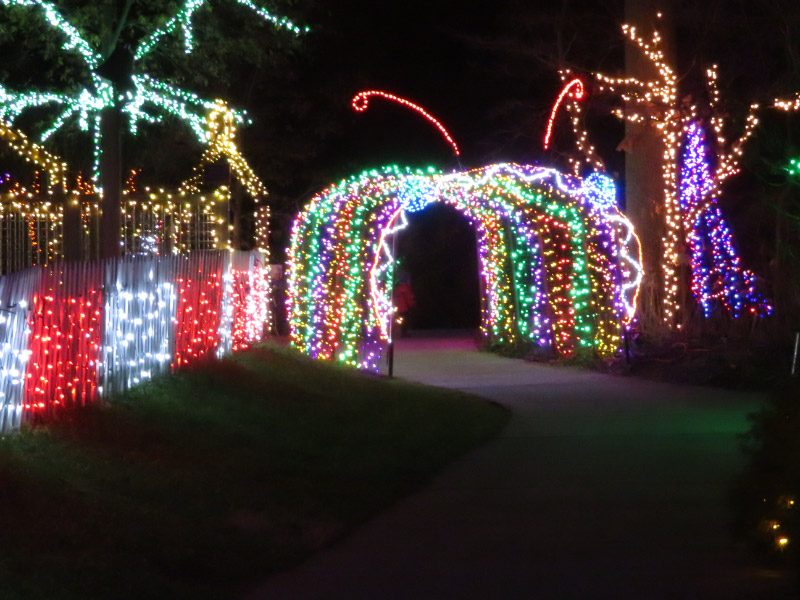
And I always celebrate seeing Bald Eagles at Conwingo. The birds – rare not so long ago – are back in large enough numbers that it’s possible to seem them often. Something to celebrate!